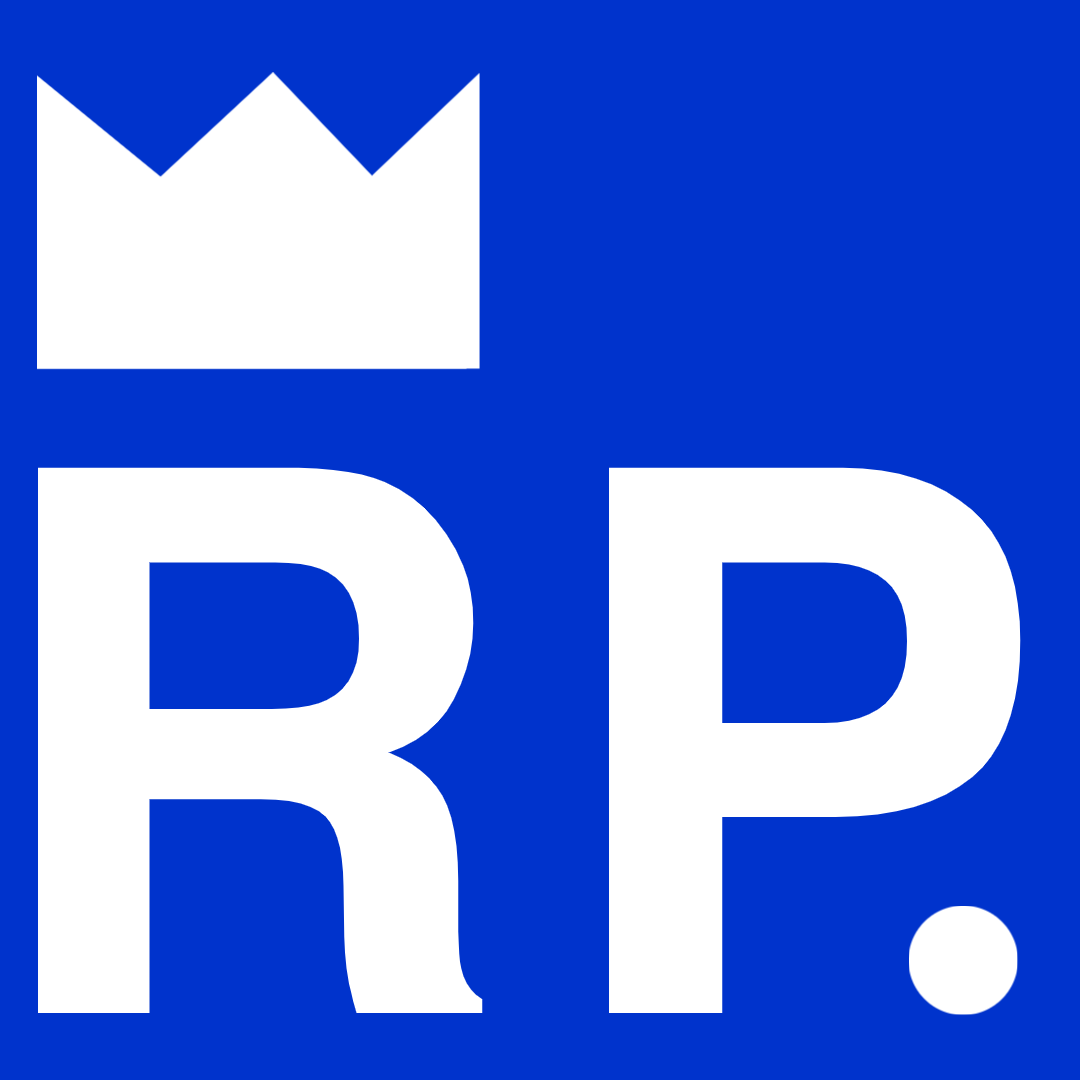Test Optional Policies Increase Difficulty of College Application Process
Mar 22, 2021
Going into the school year, it was clear that the college application and decision process would be affected in some way due to Covid-19.
Private school application numbers are up across the board; while many schools have increased their incoming class numbers to accommodate these extra applicants, elite tier schools are even more selective than ever. Public schools are seeing fewer applicants than usual, but at a less alarming change from previous years.
One possible factor in the drastic decrease in admission rate is the large amount of freshmen deferrals from the class of 2024. Many students who were accepted last year made the decision to defer their admission for a year due to COVID, instead opting to join the freshman class of 2025. In doing so, the admissions numbers could have already been cut down significantly.
Not only this, though, accounts for these current application rates. With schools being test-optional, students who underperform on their ACT or SAT but excel in their courses and have a solid GPA, have better odds at being admitted to an elite school and will decide to take their chances. While reporting a subpar ACT score in the past would almost certainly guarantee rejection at these schools, standardized testing will no longer make or break your admission prospects.
“Many of the schools I applied to saw an increase in applicants between 20 and 50 percent, and for that reason, I see acceptance rates facing an insane decline,” said Raines Lucas, senior. “Several schools, like UCLA or NYU, will probably see their acceptance rates dip below 10 percent, rates which are completely unprecedented. These changes look like they’ll make admission this year far more competitive than ever before.”
Instead, applications will be more focused on extracurricular activities, course rigor, and essays. You may be asked to submit a short video introducing yourself, or a graded paper from English class. You’ll need strong letters of recommendation, and a college ‘resume’ of sorts if you want to stand out to your admissions officer.
While we won’t know the exact percentage of accepted students until decisions are out, it’s likely that Ivy League schools will see a hefty, perhaps even a multiple percent decrease, in their already minuscule acceptance rates.
One way that college decisions have changed for the better, is in their early decision acceptance rates. If a student has a reach school they favor, enough to forgo their chances at another university, they can apply early decision, and have better odds of acceptance.
Serena Schmidt, counselor, recommends in a year like ours, to make sure you are applying to schools that vary in acceptance rates. It is important to have safety schools, midtier, and reach options, as you never know how numbers will impact your odds.
An important distinction to make, though, is that these tiers of schools have changed this year. So, while you should be applying to safety schools, mid-tiers, and reach schools, it’s especially important to adjust your list according to your understanding of application numbers and acceptance rates in order to cover all your bases.
“There’s nothing I can do about admission numbers, so I’m not too stressed, but I wish I could have predicted them earlier. Since the applicants have increased and the acceptance rates will fall, schools that I expected to be safeties have now become match schools, and match schools have now become reach schools,” said Lucas.
